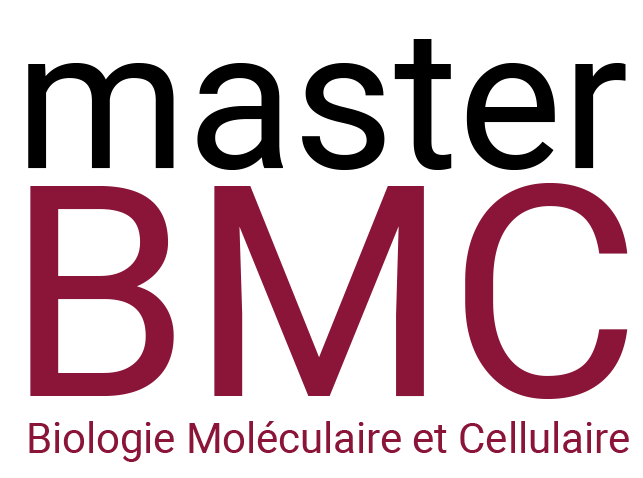Deciphering post-nuclear entry steps of HIV-1 infection
Responsable du Stage :Francesca Di Nunzio
Tél :0140613679 E-mail: dinunzio@pasteur.fr
Pasteur
Résumé du Projet de Stage
HIV was discovered in 1983 and the reverse transcription (RT) process that characterizes all retroviruses in 1970. However, new notions on the RT were deciphered only recently. Of note, recent studies from our group reveal new spatiotemporal aspects of RT, uncoating (loss of the viral capsid shell) and the topology of HIV pre-integration, maturation and integration. Reverse transcriptase was at the basis of HIV discovery and has been the most exploited antiviral drug target, but inefficient to cure patients. Our recent studies directly highlight the presence of a nuclear RT activity in the nucleus of infected macrophages, revisiting the HIV RT dogma. Of note, inside the host nucleus, newly synthesized viral DNA (vDNA) was found in HIV-1-induced cleavage and polyadenylation specific factor 6 (CPSF6) / serine/arginine-rich splicing factor (SC35) membraneless organelles. These results point to the existence of nuclear RT, contrary to current believes. Other recent studies supported similar conclusions on the spatiotemporal action of the RT. Several speculations can be proposed to explain the presence of these viral/host nuclear structures: (i) to serve as a microenvironment that includes viral and host factors required for the generation of new viral progeny and/or to hide the virus from cellular defense mechanisms; (ii) to serve as a storage of viral genomes.
The aim of our research is untangling the mechanism underlying HIV-1 membraneless organelles biogenesis and their role in viral reverse transcription and replication.
Références:
1. pasteur-02548457v1 Blanco-Rodriguez G., Gazi A., B. Monel, Frabetti S., Scoca V., Mueller F., Schwartz O., Krijnse-Locker J., Charneau P., Di Nunzio F Remodeling of the core leads HIV-1 pre-integration complex in the nucleus of human lymphocytes. J Virol. 2020 (Cover JVI 2020). doi: 10.1128/JVI.00135-20. Open Access
2. pasteur-03088393v1 Rensen E., Mueller F., Scoca V., Parmar J., Souque P., Zimmer C, Di Nunzio F.Clustering and reverse transcription of HIV-1 genomes in nuclear niches of macrophages, EMBO J doi.org/10.1101/2020.04.12.038067 Open Access 2021.
3. pasteur-03214327v1 Scoca V. & Di Nunzio F The HIV-1 capsid: from structural component to key factor for host nuclear invasion. Review Viruses, MDPI, 2021, 13 (2), pp.273. ⟨10.3390/v13020273⟩.
4. pasteur-03214326v1 Scoca V. & Di Nunzio F Membraneless organelles restructured and built by pandemic viruses: HIV-1 and SARS-CoV-2. Review JMCB, Oxford UP, 2021, ⟨10.1093/jmcb/mjab020⟩
5. pasteur-03214329v1 Scoca V., Morin R., Tinevez J., Di Nunzio F HIV-induced membraneless organelles orchestrate post-nuclear entry steps (under review) doi.org/10.1101/2020.11.17.385567. BioRxiv 2021
6. pasteur-03344209, v1 Guillermo Blanco-Rodriguez, Francesca Di Nunzio. The Viral Capsid: A Master Key to Access the Host Nucleus. Viruses, MDPI, 2021, 13 (6), pp.1178. ⟨10.3390/v13061178⟩. ⟨pasteur-03344209⟩ 2021-09-14
Ce projet s’inscrit-il dans la perspective d’une thèse :
oui x
non o
si oui type de financement prévu : ecole doctorale, grants
Ecole Doctorale de rattachement : BioSPC
Intitulé de l’Unité : Advanced Molecular Virology
Equipe d’Accueil : Advanced Molecular Virology
Nom du Responsable de l’Unité : Francesca Di Nunzio
Nom du Responsable de l’Équipe : Francesca Di Nunzio
Adresse : Institut Pasteur 28 rue du Dr. Roux

